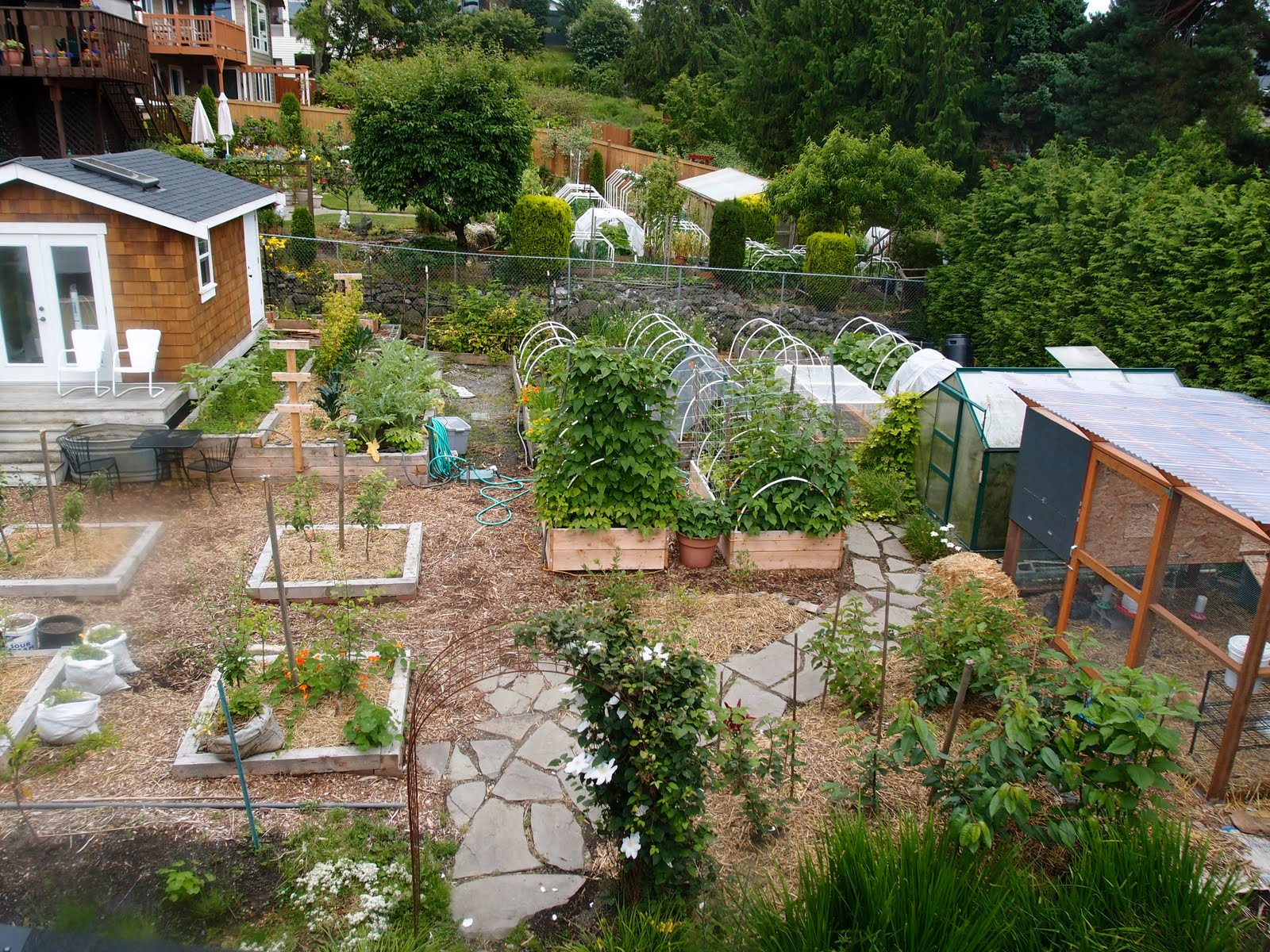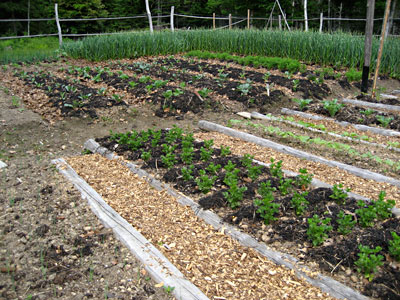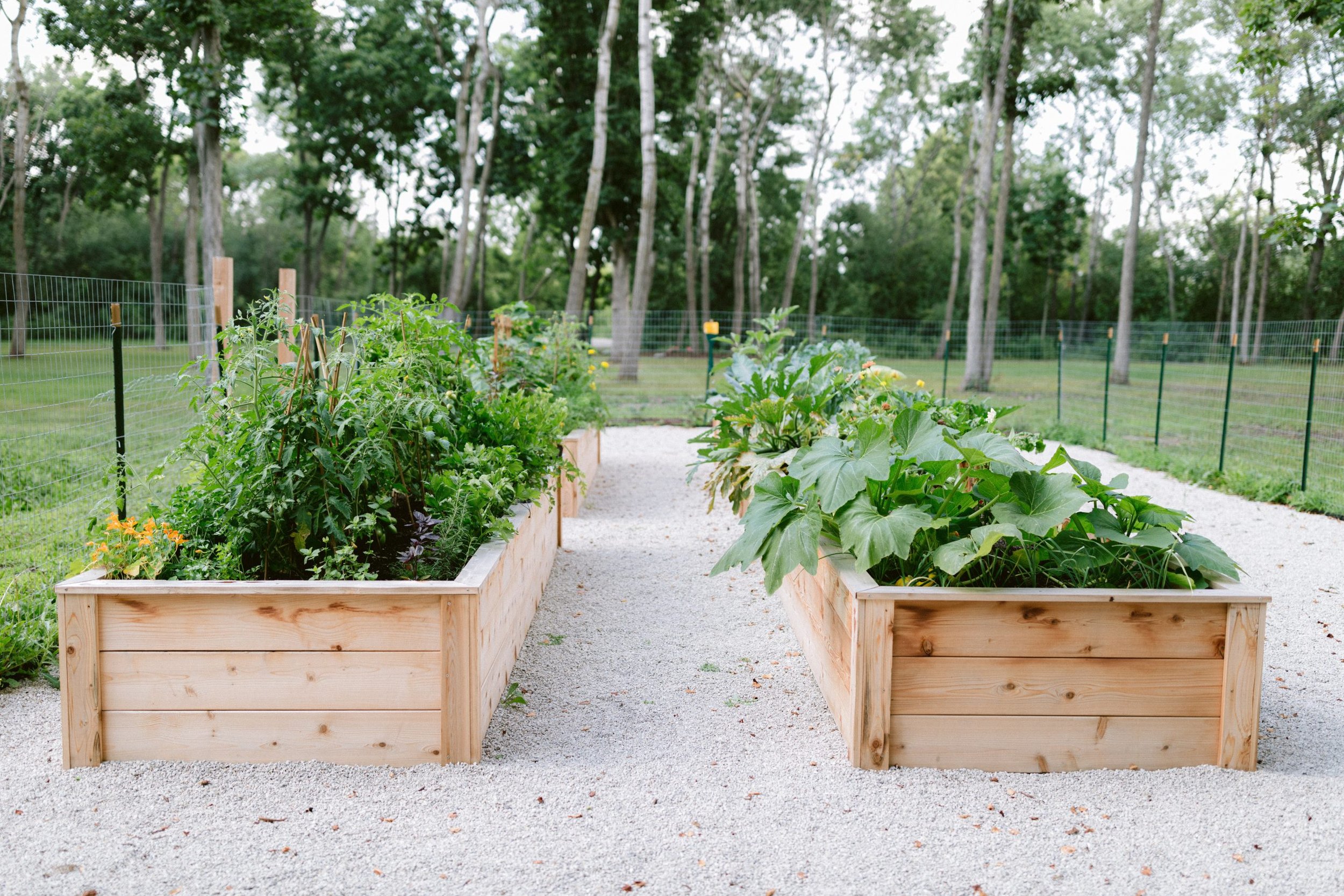Why More People Are Turning to Homestead Gardening
Why More People Are Turning to Homestead Gardening
Blog Article
Learn How to Cultivate a Flourishing Gardening Environment for All Ability Levels
Producing a growing garden is a multifaceted endeavor that can be welcomed by people at any skill degree. By checking out vital parts such as soil health, proper plant choice, and seasonal care routines, one can create a lasting gardening practice that yields rewarding results. Recognizing exactly how to evaluate and enhance your yard room lays the structure for success. Yet, the details of carrying out these principles frequently existing challenges that can discourage also the most enthusiastic newbie. What approaches can be used to overcome these obstacles and foster a genuinely successful environment?
Recognizing Your Garden Area
In the world of horticulture, understanding your yard area is paramount to cultivating a growing landscape (Homestead Gardening). The initial step in this undertaking includes assessing the particular attributes of your story. Variables such as soil structure, sunshine exposure, and drainage play important duties in establishing the suitability of your garden for different kinds of plants
Begin by performing a dirt test to examine pH degrees and nutrient content, which will notify any type of needed amendments. Furthermore, observe just how much sunshine your room obtains throughout the day. Various plants have differing light requirements; some flourish in full sun, while others like partial or complete shade.

Lastly, assess the offered area and plan appropriately. This includes considering plant elevations and spread out to make sure appropriate space for growth without overcrowding. By gaining a comprehensive understanding of your garden space, you set the structure for an effective gardening experience.
Choosing the Right Plants
Selecting the right plants for your yard calls for cautious consideration of various factors, consisting of environment, soil conditions, and individual choices. Begin by evaluating your local environment, as certain plants grow specifically temperature ranges and climate patterns. As an example, tropical plants might not make it through in colder areas, while sturdy perennials can stand up to harsh winters.

Consider your personal choices, including visual appeal and maintenance degrees. Choose whether you prefer lively flowers, rich vegetation, or edible crops. Furthermore, consider the moment and effort you want to invest in plant care, as some selections demand more focus than others.
Lastly, think of the garden's design and light exposure. Sunlight patterns throughout the day will certainly influence your choices-- some plants require complete sunlight, while others prosper in color. By thoughtfully evaluating these aspects, you can produce a productive and harmonious garden tailored to your setting and tastes.
Vital Horticulture Devices
A fully equipped gardener can substantially boost their horticulture experience and outcomes. Vital gardening tools are essential to cultivating a successful garden, regardless of ability degree. A tough spade is indispensable for digging and have a peek at this site turning soil, while a trowel enables for exact growing and transplanting of smaller plants.
Pruning shears are essential for keeping plant wellness by eliminating disordered or dead branches, promoting better air circulation and development. In addition, a hand rake works for removing debris and freshening the soil, ensuring optimum problems for plant roots.
Gardening handwear covers shield hands from chemicals, blisters, and thorns, making them a vital accessory. A watering can or tube with a flexible nozzle makes sure that plants get sufficient dampness without overwatering.
Finally, consider purchasing a durable wheelbarrow for transferring soil, plants, and tools around the yard effectively. By putting together a quality toolkit that consists of these essential items, garden enthusiasts can deal with different jobs with self-confidence and convenience, paving the method for a flourishing gardening environment. Remember, the right devices not just improve efficiency yet also improve the overall satisfaction of the gardening procedure.
Dirt Preparation and Upkeep
Quality soil is the foundation of a successful yard, making correct prep work and upkeep essential for healthy plant growth. Based on the examination results, modifications can be made to maximize dirt conditions for details plant requirements.
Incorporating raw material, such as garden compost or well-rotted manure, is essential for enhancing soil structure and fertility. This not only enhances nutrition schedule yet additionally advertises advantageous microbial activity. In addition, proper drainage is vital; heavy clay soils might call for the enhancement of sand or perlite to boost aeration.
Normal upkeep of dirt wellness consists of mulching, which saves wetness and reduces weeds. Turning crops annually aids protect against her latest blog nutrient deficiency and minimizes insect and condition threats. It is likewise essential to avoid over-tilling, which can disrupt dirt framework and harm useful microorganisms.
Eventually, a consistent dedication to soil preparation and upkeep will lead to a prospering yard, making sure that plants obtain the important nutrients they require for durable growth and performance.
Seasonal Treatment and Management

In spring, emphasis on planting new seeds and seedlings, while also performing dirt tests to modify nutrient deficiencies. Regularly look for insects and conditions, as these can proliferate with the warming weather. Summer season demands constant watering and mulching to retain wetness, along with pruning for far better air circulation.
As fall methods, it's time to prepare the yard for dormancy. This includes collecting crops, tidying up particles, and using a layer of mulch to secure plant roots from frost. Think about growing cover crops to go to this website enhance the dirt throughout the winter months.
Last but not least, winter care is critical. Examine frameworks like greenhouses for damages and ensure proper insulation for sensitive plants. Consistently monitor for insects that might look for refuge indoors. By adapting your horticulture methods to the seasonal cycles, you can cultivate a flourishing environment that supports plant health and wellness year-round.
Verdict
In conclusion, growing an effective garden requires a comprehensive understanding of important principles such as dirt structure, sunshine direct exposure, and proper plant selection. Regular seasonal treatment and administration practices better improve plant health and wellness and productivity.
Picking the right plants for your garden requires cautious consideration of numerous aspects, including environment, soil problems, and personal choices. Conduct a soil examination to figure out pH levels and vitamins and mineral material, which will certainly direct you in choosing plants that will certainly prosper in your garden.Last but not least, take into consideration investing in a strong wheelbarrow for carrying soil, plants, and tools around the yard efficiently.Quality dirt is the structure of a successful yard, making proper prep work and upkeep critical for healthy plant development. Homestead Gardening.In conclusion, growing an effective garden needs a comprehensive understanding of vital concepts such as dirt composition, sunlight direct exposure, and appropriate plant choice
Report this page